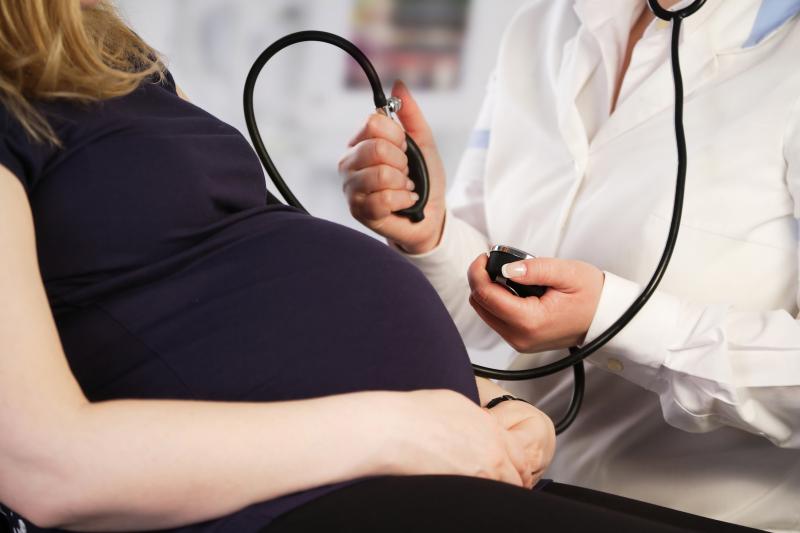
The population-based incidence of hypertensive disorders of pregnancy (HDP) expressed as per-pregnancy underestimates the number of affected women during their reproductive years, according to a study. HDP history significantly increases the risks for future chronic conditions and multimorbidity.
A total of 9,862 pregnancies were identified, of which 719 (7.3 percent) had HDP and 324 (3.3 percent) had pre-eclampsia. Assessment on a per-woman basis doubled the incidence of HDP (281 of 1,839; 15.3 percent) and pre-eclampsia (138 of 1,839; 7.5 percent).
A history of HDP was significantly associated with a higher risk for subsequent diagnoses of stroke (hazard ratio [HR], 2.27, 95 percent confidence interval [CI], 1.37–3.76), coronary artery disease (HR, 1.89, 95 percent CI, 1.26–2.82), cardiac arrhythmias (HR, 1.62, 95 percent CI, 1.28–2.05), chronic kidney disease (HR, 2.41, 95 percent CI, 1.54–3.78) and multimorbidity (HR, 1.25, 95 percent CI, 1.15–1.35).
In this study, the authors used the Rochester Epidemiology Project medical record-linkage system to identify residents of Olmsted County, Minnesota, who gave birth between 1976 and 1982. Using a validated electronic algorithm, pregnancies were then classified into normotensive, gestational hypertension, pre-eclampsia, eclampsia, pre-eclampsia superimposed on chronic hypertension, and chronic hypertension.
The incidence of HDP was calculated both on a per-pregnancy and a per-woman basis. A Cox model was used to estimate HRs and corresponding 95 percent CIs in quantifying the risk of chronic conditions between women with and without a history of HDP (age and parity 1:2 matched).
“HDPs are associated with increased risks for cardiovascular disease later in life,” the authors said. “The HDP incidence is commonly assessed using diagnostic codes, which are not reliable and typically are expressed per-pregnancy.”